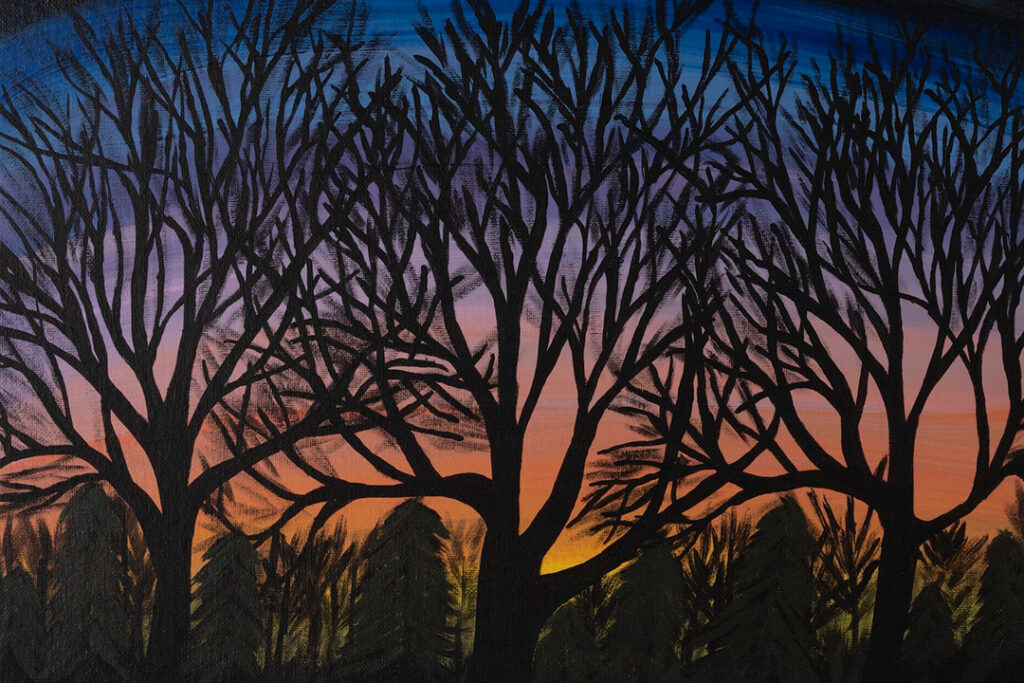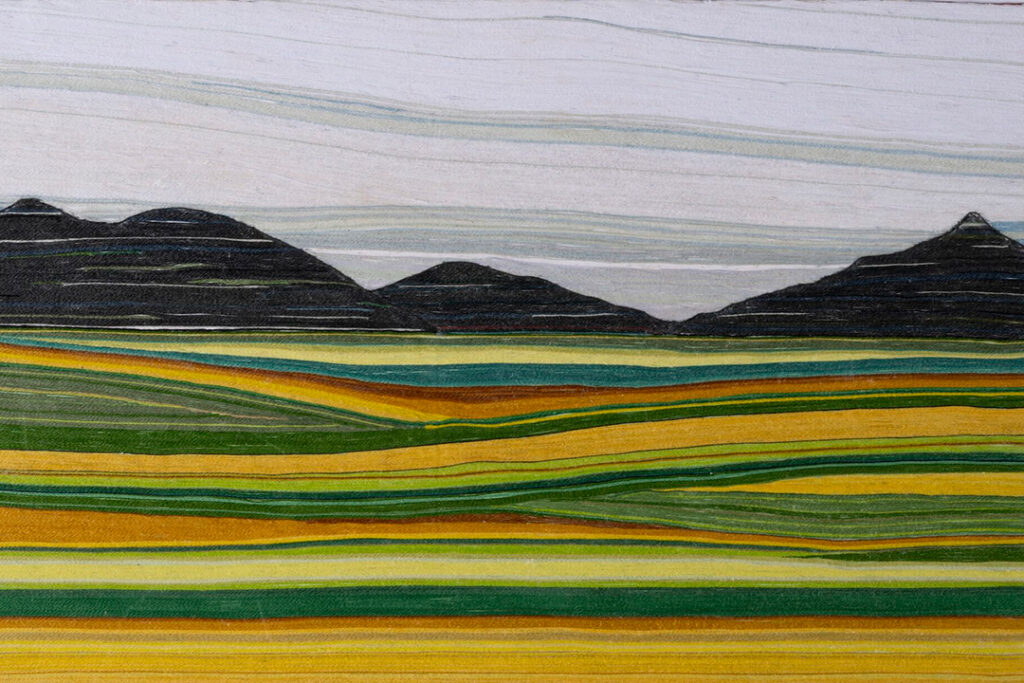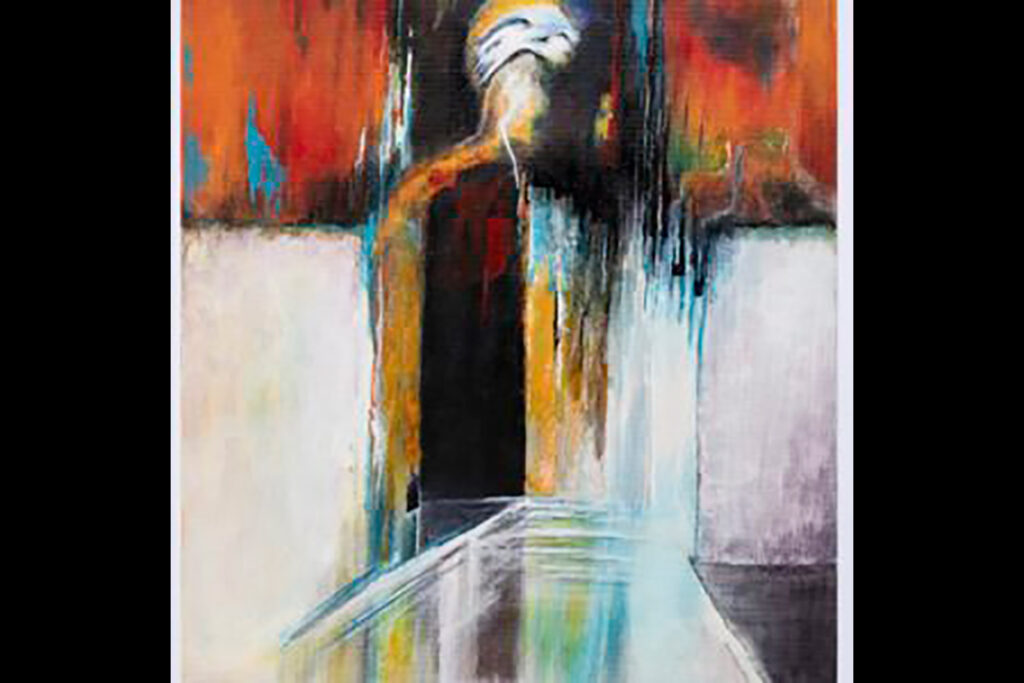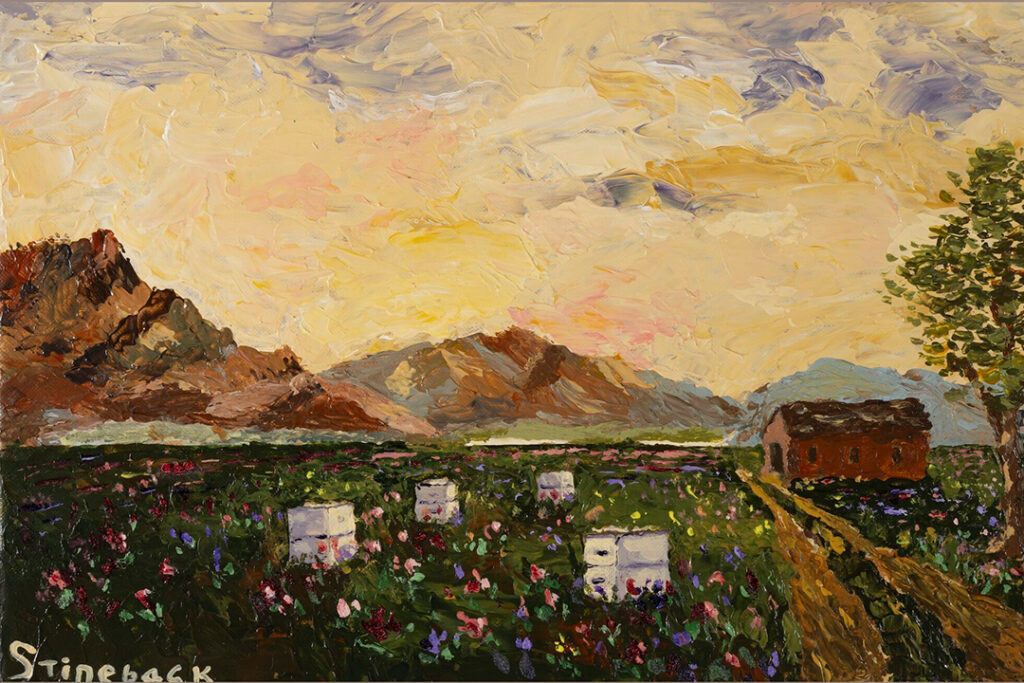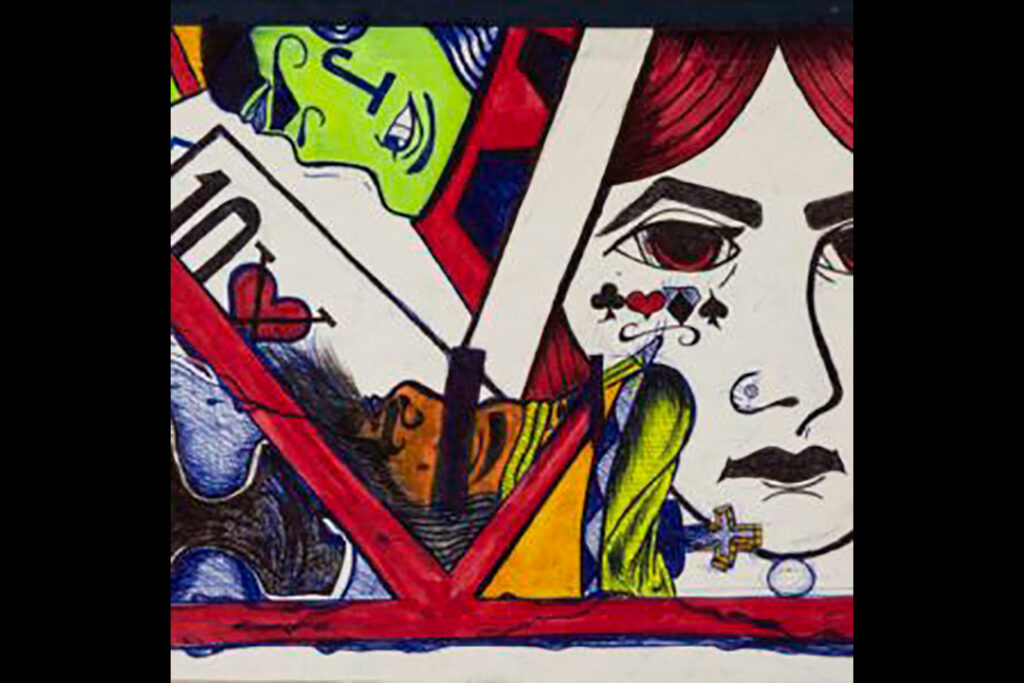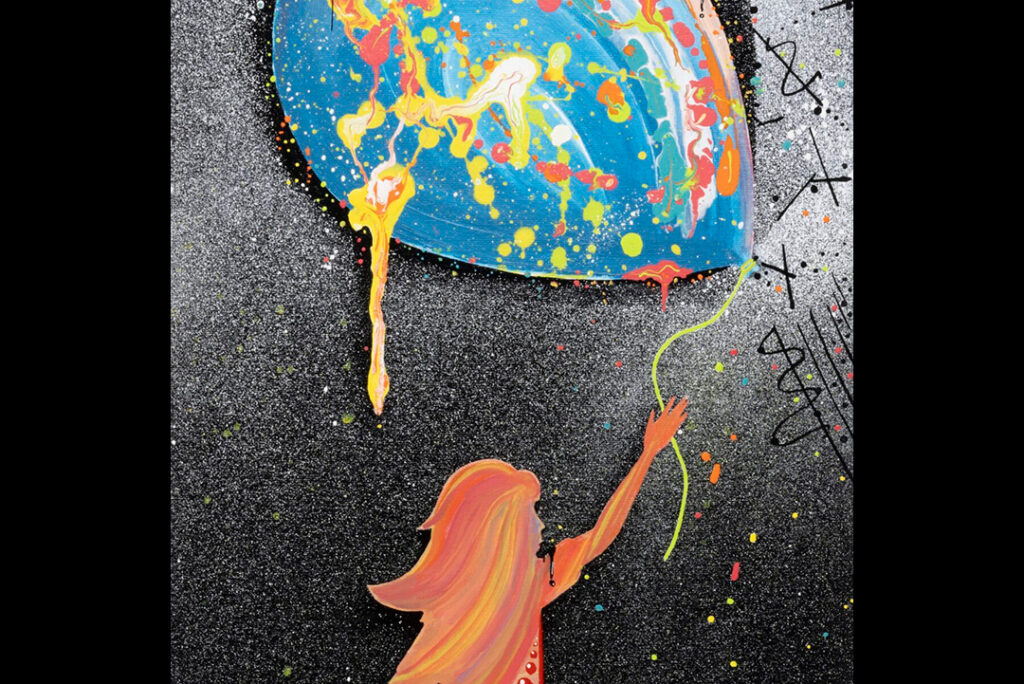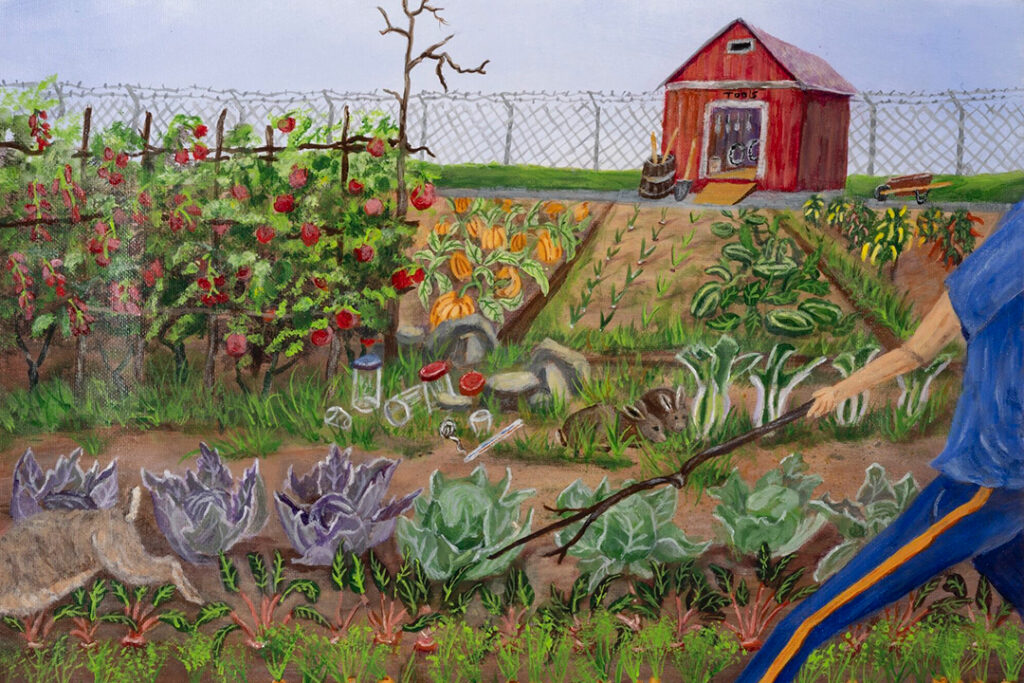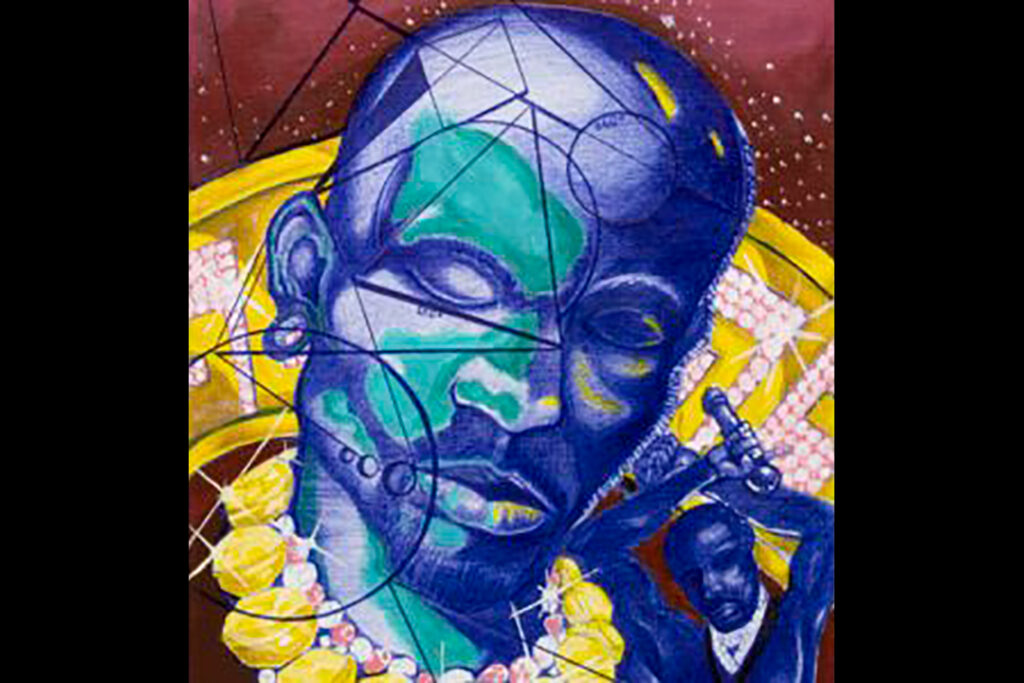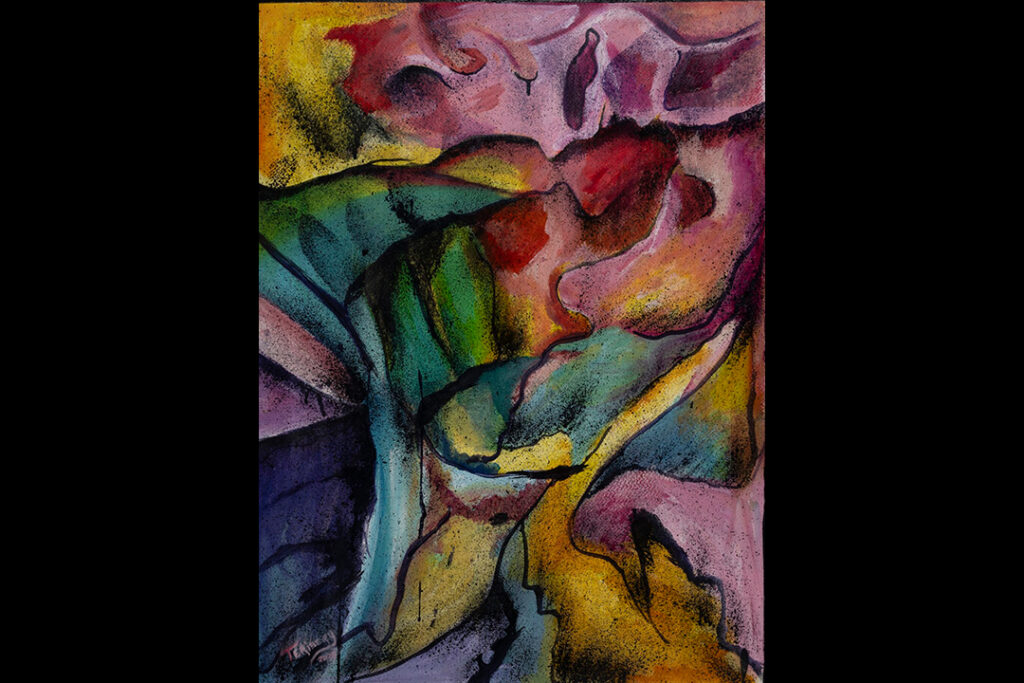Filling a gap: U-M students help combat Michigan’s shortage of rural dentists

Northern Michigan resident Becky Klein was surprised to learn that the dentists at the Thunder Bay Community Health Service clinic were students from the U-M School of Dentistry. They turned out to be just as competent and professional as seasoned practitioners, she said, and excellent communicators.
-
Climate change driving Michigan mammals north
Some Michigan mammal species are rapidly expanding their ranges northward, apparently in response to climate change, a new study shows. In the process, these historically southern species are replacing their northern counterparts.
-
Self-healing concrete for safer, more durable infrastructure
A concrete material developed at the University of Michigan can heal itself when it cracks. No human intervention is necessary, just water and carbon dioxide.
-
For love of teaching
Arthur Thurnau endowed one of the University of Michigan’s most prestigious faculty awards. But we know almost nothing about the man, his life or his reasons for giving.
-
In Patagonia
University of Michigan students travel to Patagonia in Chile for the educational trip of a lifetime
-
Actor Montalbán’s grandson, U-M student, pays tribute to grandfather
Ricardo Montalban was one of the most well-known Mexican-born Hollywood actors of all time. But for his grandson Alex Montalbán, a senior at the University of Michigan, the perception of this iconic actor is much more complex and filled with nostalgia.
-
Coping with swine flu
Public health and flu expert Allison Aiello explains how a landmark University of Michigan study can help you prepare for a flu pandemic
Columns
-
President's Message
Reaffirming our focus on student access and opportunity
U-M seeks to ensure every student will rise, achieve, and fulfill their dreams. -
Editor's Blog
Peace out
It's a mad, mad, mad, mad world out there. -
Climate Blue
Keeping our focus on climate
As federal support for climate science wanes, Ricky Rood remains hopeful. -
Health Yourself
Are you an ‘ager’ or a ‘youther’?
Why do some people appear younger or older than people born in the same year?
Listen & Subscribe
-

MGo Blue podcasts
Explore the Michigan Athletics series "In the Trenches," "On the Block," and "Conqu'ring Heroes." -

Michigan Ross Podcasts
Check out the series "Business and Society," "Business Beyond Usual," "Working for the Weekend," and "Down to Business." -

Michigan Medicine Podcasts
Hear audio series, news, and stories about the future of health care.
In the news
Creativity and connection across prison walls
One of the world’s largest and longest-running exhibitions of incarcerated artists is back with new programming designed to foster connection and deepen public understanding of incarceration in Michigan. The 29th annual Exhibition of Artists in Michigan Prisons, curated by U-M’s Prison Creative Arts Project, showcases 772 artworks by 538 artists incarcerated in 26 state prisons. The Duderstadt Center Gallery on U-M’s North Campus is presenting the artwork through April 1.









